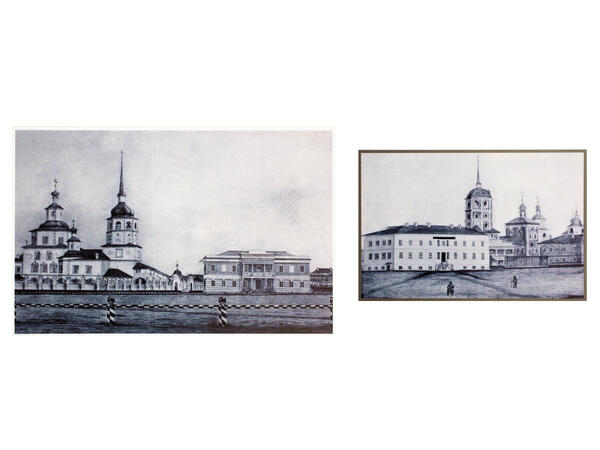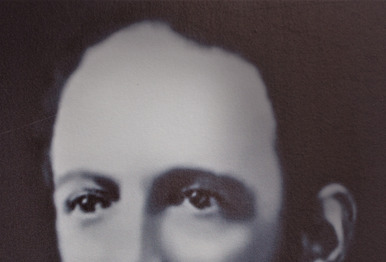Local historian and collector Pyotr Pezhemsky’s drawings of views of Irkutsk are among the earliest color images of the city. They were created in the 19th century, but little is known about their author.
Pyotr Pezhemsky was born into a merchant family, according to some sources, in 1809, according to other sources — in 1810, and was brought up at home. In the summer of 1834, the Pezhemsky family moved to Irkutsk. Here the future local historian became interested in the history of Siberia and for several decades collected historical objects, ancient documents and books. Most of these materials were lost in the fire of 1879, but the chronicles and the large-scale work of Pyotr Pezhemsky “Panorama of the Irkutsk province, which contains a historical description of the conquest of Siberia by Yermak; a look at the construction of Siberian cities; a geographical, hydrographic and historical sketch of the province, with a brief chronology for 150 years; with the addition of the Chronicle of Irkutsk for 190 years” have been preserved. Some parts of this work were published in 1850 by the “Sovremennik” published by the writer Nikolai Nekrasov.
In addition, the funds of Irkutsk Regional Museum of Local History still keep watercolor drawings by Pyotr Pezhemsky, in which he depicted in detail and precisely the views of Irkutsk of the first half to the middle of the 19th century. These works were donated to the museum by the artist’s relatives in 1902. Most of the monuments that Pezhemsky depicted in watercolors have not survived to this day. The works with the images of Tikhvin Square are considered especially valuable: most of the buildings located nearby were burned down in the fire of 1879.
The watercolor ‘View of the Tikhvin Church in Irkutsk’ by Pyotr Pezhemsky depicts a two-story building that faced Tikhvin Square — it was originally built for the governor’s school in 1782. In 1789, the educational institution was merged with the Main public school and the library and museum were moved into the building. In 1803, the police stationed there, and since 1854, there was again a museum transferred to the Siberian Department of the Imperial Russian Geographical Society.
Pyotr Pezhemsky was born into a merchant family, according to some sources, in 1809, according to other sources — in 1810, and was brought up at home. In the summer of 1834, the Pezhemsky family moved to Irkutsk. Here the future local historian became interested in the history of Siberia and for several decades collected historical objects, ancient documents and books. Most of these materials were lost in the fire of 1879, but the chronicles and the large-scale work of Pyotr Pezhemsky “Panorama of the Irkutsk province, which contains a historical description of the conquest of Siberia by Yermak; a look at the construction of Siberian cities; a geographical, hydrographic and historical sketch of the province, with a brief chronology for 150 years; with the addition of the Chronicle of Irkutsk for 190 years” have been preserved. Some parts of this work were published in 1850 by the “Sovremennik” published by the writer Nikolai Nekrasov.
In addition, the funds of Irkutsk Regional Museum of Local History still keep watercolor drawings by Pyotr Pezhemsky, in which he depicted in detail and precisely the views of Irkutsk of the first half to the middle of the 19th century. These works were donated to the museum by the artist’s relatives in 1902. Most of the monuments that Pezhemsky depicted in watercolors have not survived to this day. The works with the images of Tikhvin Square are considered especially valuable: most of the buildings located nearby were burned down in the fire of 1879.
The watercolor ‘View of the Tikhvin Church in Irkutsk’ by Pyotr Pezhemsky depicts a two-story building that faced Tikhvin Square — it was originally built for the governor’s school in 1782. In 1789, the educational institution was merged with the Main public school and the library and museum were moved into the building. In 1803, the police stationed there, and since 1854, there was again a museum transferred to the Siberian Department of the Imperial Russian Geographical Society.





